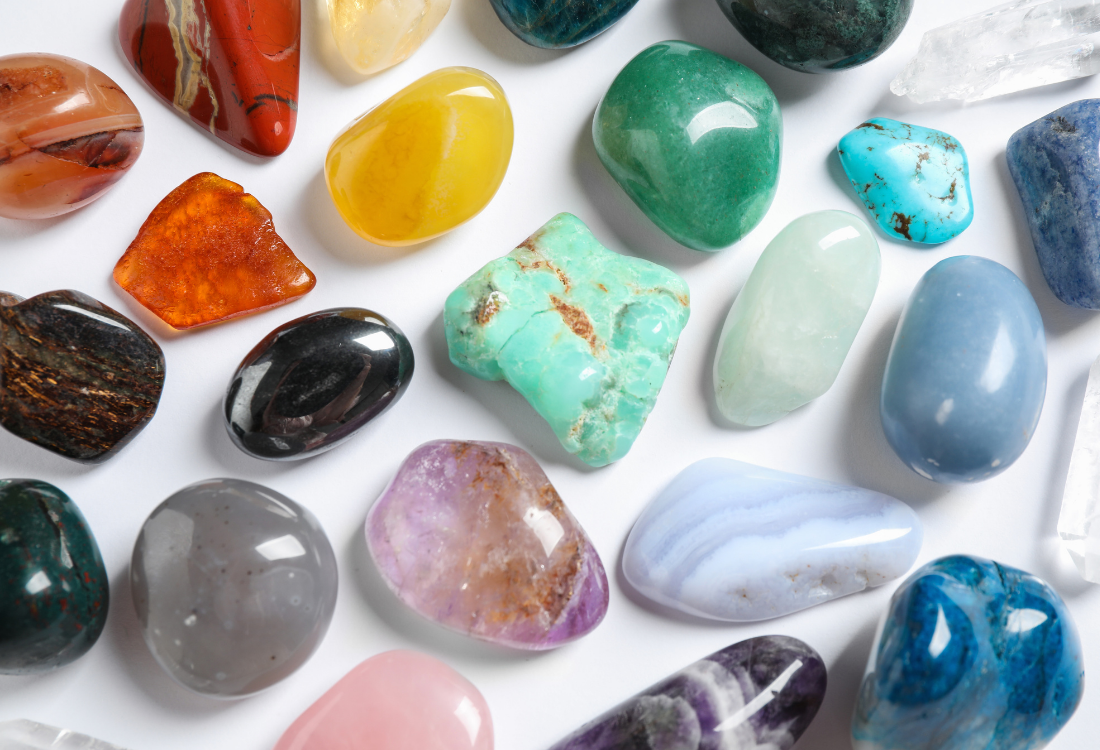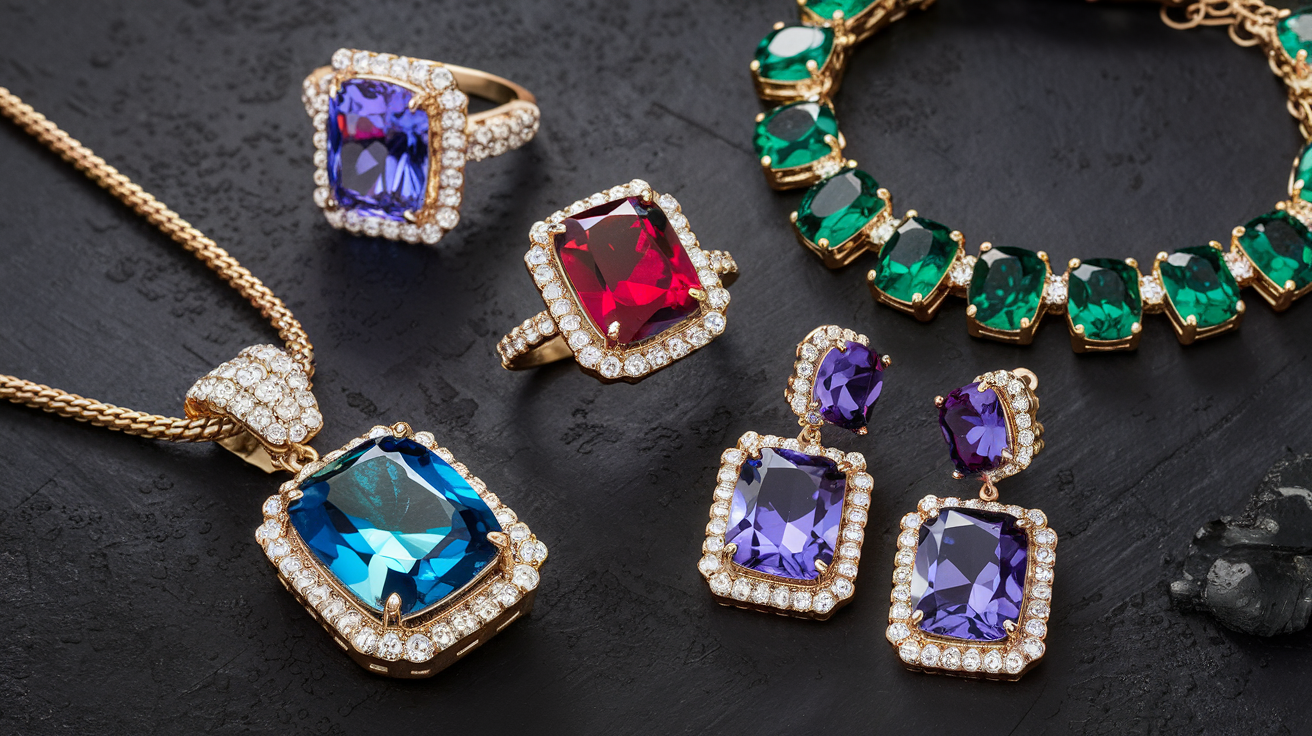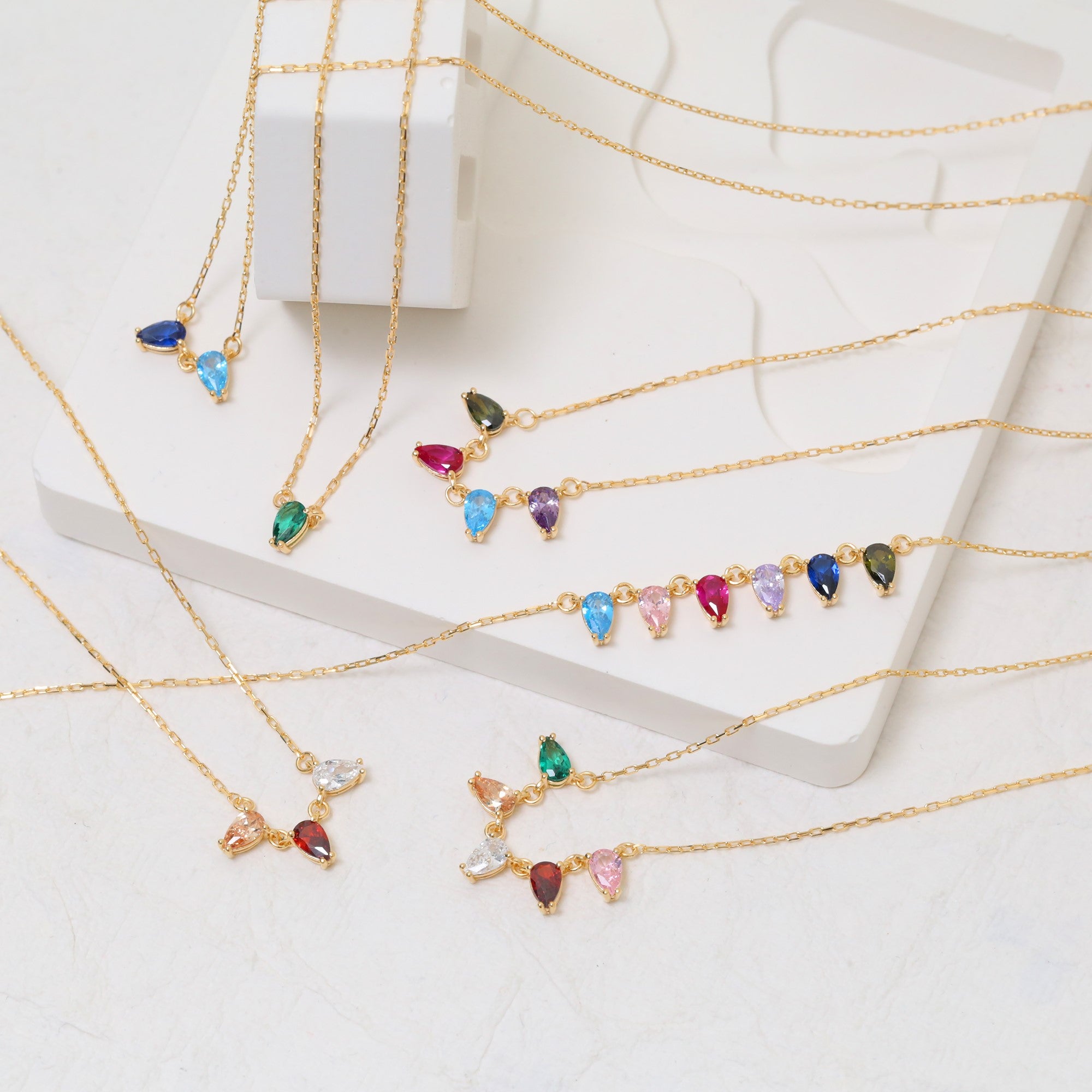In this blog post, we’ll dive into the meaning, symbolism, and historical origins of birthstones, exploring how these gems became linked with each month and why they continue to hold significance today.
The Concept of Birthstones: An Overview
At its core, a birthstone is a gemstone that represents an individual's birth month. The idea is that by wearing the gemstone corresponding to your birth month, you can benefit from its unique properties—be it protection, healing, luck, or emotional well-being. Birthstones often hold personal significance and are commonly set in rings, necklaces, bracelets, and other types of jewelry, making them ideal gifts for birthdays, anniversaries, and milestones.
But birthstones aren't just about personal adornment. For many, they serve as powerful symbols of identity, history, and tradition, with roots reaching back thousands of years.
The Historical Origins of Birthstones
The tradition of birthstones can be traced back to ancient civilizations. Scholars believe that the concept may have originated with the breastplate of Aaron, a religious garment described in the Bible. This breastplate, worn by the High Priest of the Israelites, was adorned with twelve stones, each representing one of the twelve tribes of Israel. These stones were thought to hold divine significance, and over time, they became linked to the twelve months of the year and the zodiac signs.
Ancient cultures like the Babylonians, Egyptians, and Romans also attributed special powers to specific gemstones. These civilizations believed that certain stones offered protection or brought good fortune, leading people to wear them as talismans. Eventually, the idea of wearing a gemstone that corresponds with your birth month began to take hold.
By the 8th and 9th centuries, scholars from Poland and Germany began writing about birthstones, and during the 18th century, the modern list of birthstones as we know it today began to form. The practice became especially popular in Western cultures, with different stones being assigned to each month, often based on their beauty and availability.
In 1912, the American National Retail Jewelers Association (now called Jewelers of America) officially adopted a standardized list of birthstones, cementing their place in popular culture. While there have been slight variations in the list since then, the core association between certain stones and months remains largely unchanged.
The Modern List of Birthstones
Today, the list of birthstones varies slightly between cultures, but the following is widely recognized:
- January – Garnet: Known for its deep red hue, garnet symbolizes protection, strength, and vitality. Historically, it was believed to ward off evil spirits and bring good health.
- February – Amethyst: This purple quartz is associated with peace, clarity, and courage. In ancient Greece, it was believed to protect against intoxication.
- March – Aquamarine: A light blue gemstone, aquamarine is linked to calmness, clarity, and communication. It is said to bring harmony and protect sailors on voyages.
- April – Diamond: Renowned for its strength and brilliance, the diamond symbolizes love, purity, and endurance. It's the hardest gemstone, often associated with everlasting commitment.
- May – Emerald: With its rich green color, the emerald is a symbol of rebirth, love, and wisdom. In ancient cultures, it was believed to bring good fortune and protection.
- June – Pearl or Alexandrite: Pearls are linked to purity, wisdom, and femininity, while alexandrite, known for its color-changing properties, is associated with balance and joy.
- July – Ruby: Representing passion, courage, and love, rubies have been cherished for their fiery red hue and have long been believed to provide protection and strength.
- August – Peridot: This vibrant green gemstone symbolizes strength, healing, and protection against nightmares. It was highly prized in ancient Egypt.
- September – Sapphire: Often deep blue, sapphire represents wisdom, loyalty, and protection. It has been worn by royalty for centuries as a symbol of power and virtue.
- October – Opal or Pink Tourmaline: Opals are known for their mesmerizing play of colors and are believed to promote creativity and emotional balance. Pink tourmaline symbolizes love, compassion, and healing.
- November – Citrine or Topaz: Citrine, with its warm yellow hue, is associated with prosperity and success. Topaz, often golden or blue, symbolizes strength and intellect.
- December – Turquoise, Tanzanite, or Blue Topaz: These blue gemstones are linked to healing, wisdom, and protection. Turquoise, in particular, has been valued for centuries as a symbol of good fortune.
The Symbolism Behind Birthstones
Each birthstone is believed to carry its own unique energy, attributes, and symbolism. These qualities often reflect broader cultural beliefs, historical traditions, or mythological associations. For instance:
- Garnet is thought to inspire passion and energy.
- Amethyst is said to foster a calm mind and enhance spiritual awareness.
- Aquamarine is linked to tranquility and courage, with a long history of protecting travelers, especially sailors.
- Diamonds are seen as symbols of invincibility, clarity, and strength, making them a perfect match for April-born individuals.
- Emeralds have long been symbols of fertility, growth, and healing, associated with the renewal of life.
These symbolic associations can vary across cultures, but many people still attribute special meanings to their birthstones. Whether worn for protection, empowerment, or simple beauty, birthstones provide a connection to the wearer’s identity and heritage.
Why Birthstones Make the Perfect Gift
One of the reasons birthstone jewelry remains so popular is that it’s a deeply personal and meaningful gift. Gifting someone a piece of jewelry that includes their birthstone is a way of celebrating their individuality and showing them that you care.
Because birthstones are tied to specific months, they make for great birthday or anniversary gifts. They are also versatile; birthstones can be featured in various types of jewelry, from rings and necklaces to earrings and bracelets. Whether minimalist or ornate, birthstone jewelry can be tailored to the wearer’s taste and style.
Furthermore, the symbolic meanings attached to each birthstone can add an extra layer of thoughtfulness to the gift. For instance, gifting a sapphire to someone born in September not only acknowledges their birth month but also imparts the stone’s associations with wisdom and protection.
The Continuing Appeal of Birthstones
In the modern era, birthstones remain popular not just for their beauty but for their personalized significance. With their rich history and symbolic power, birthstones are much more than mere decoration—they are timeless treasures that link us to the past and celebrate our present.
Whether you're buying for yourself or a loved one, birthstone jewelry offers a meaningful way to mark special moments and celebrate personal identity. From ancient myths to modern trends, birthstones have endured as symbols of love, protection, and individuality.
In conclusion, birthstones are not only beautiful but rich in history and meaning. They connect us to centuries of tradition while also providing a personalized way to express ourselves. Whether you wear your birthstone for its symbolism, its aesthetic appeal, or as a reminder of your roots, these precious gems are timeless companions that will continue to shine for generations to come.



